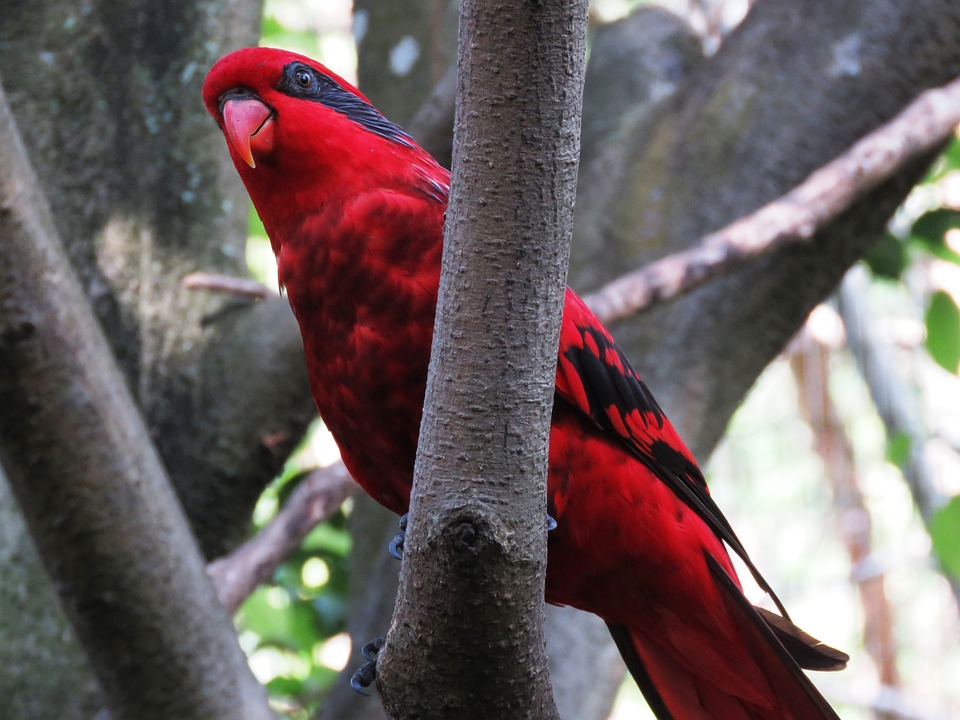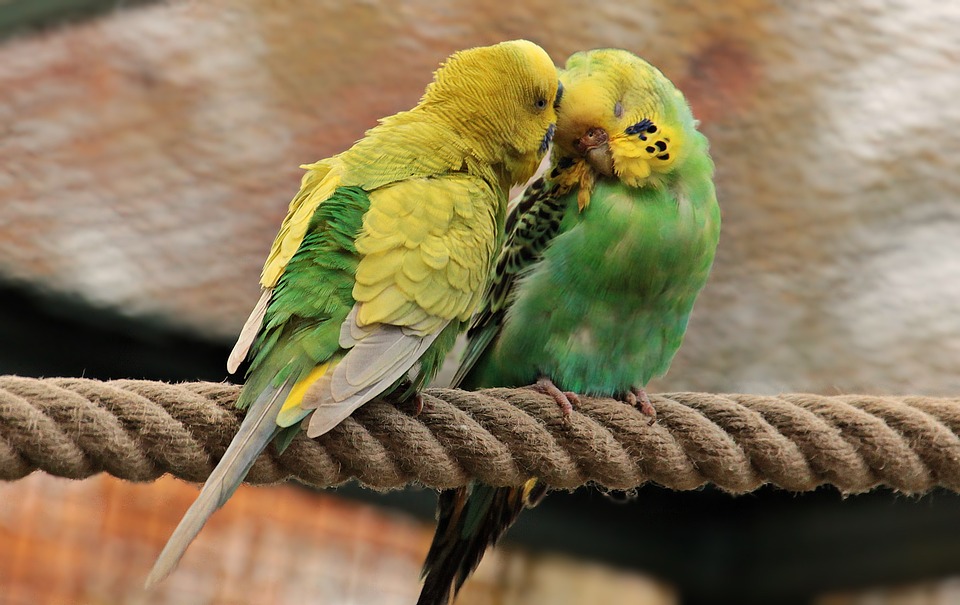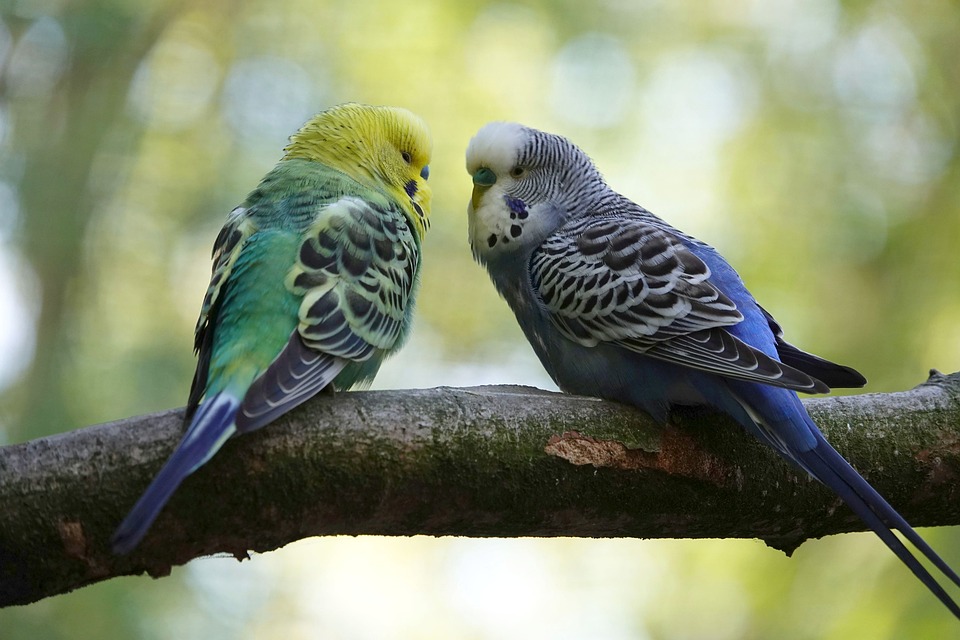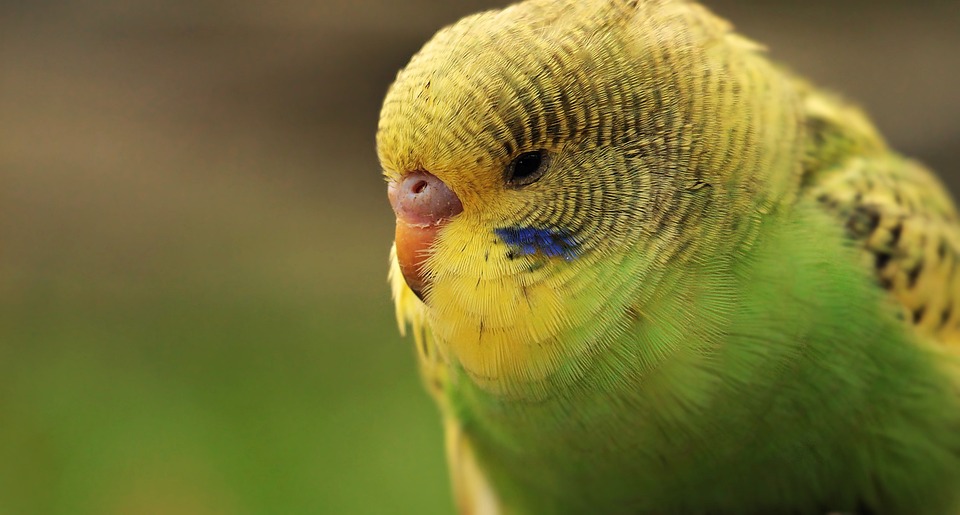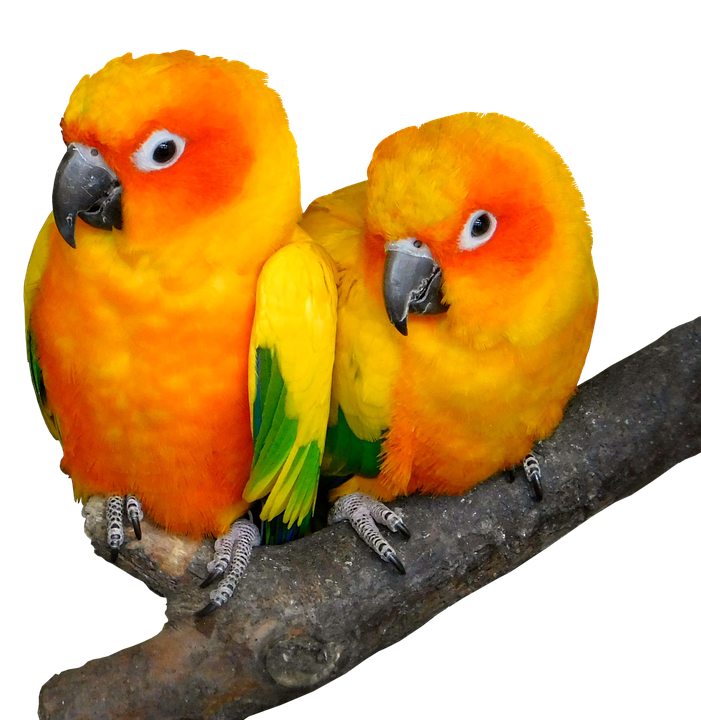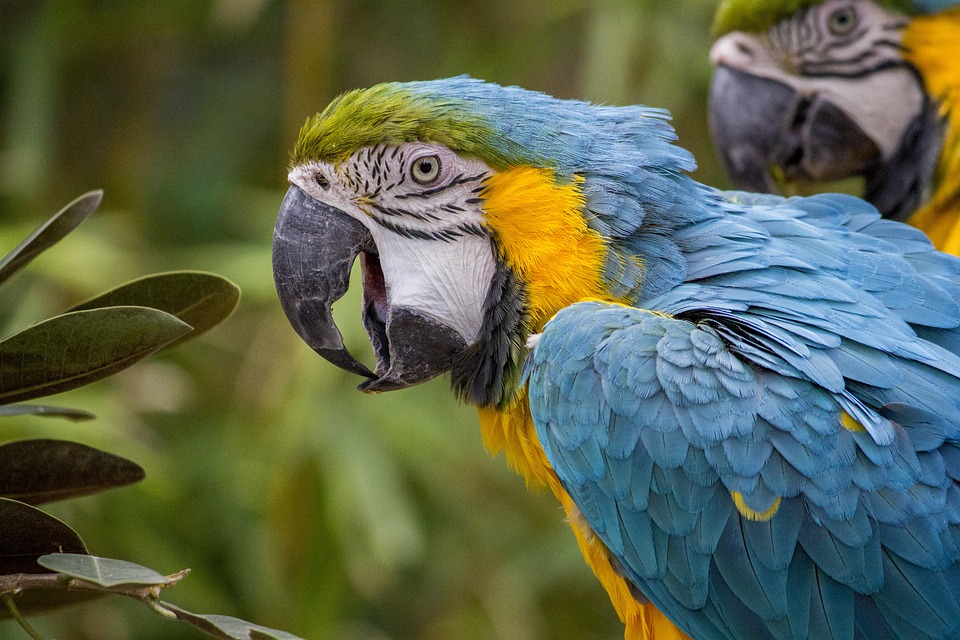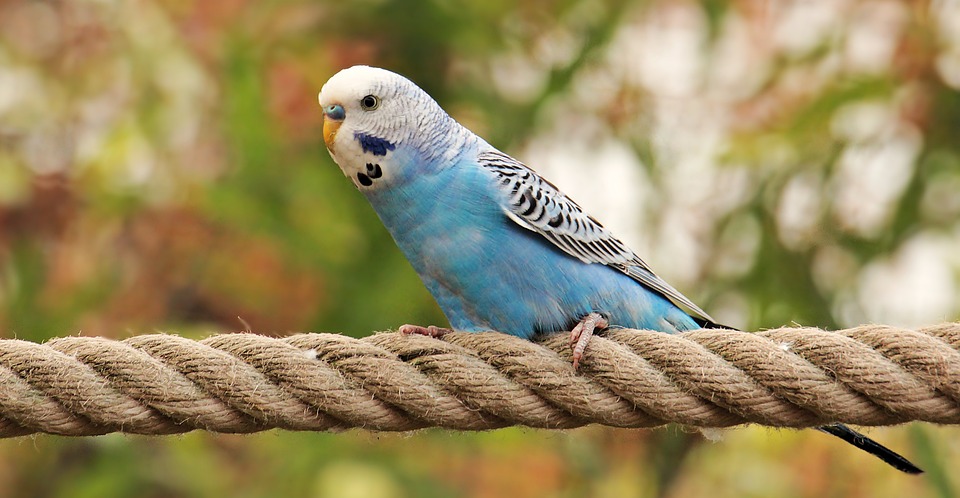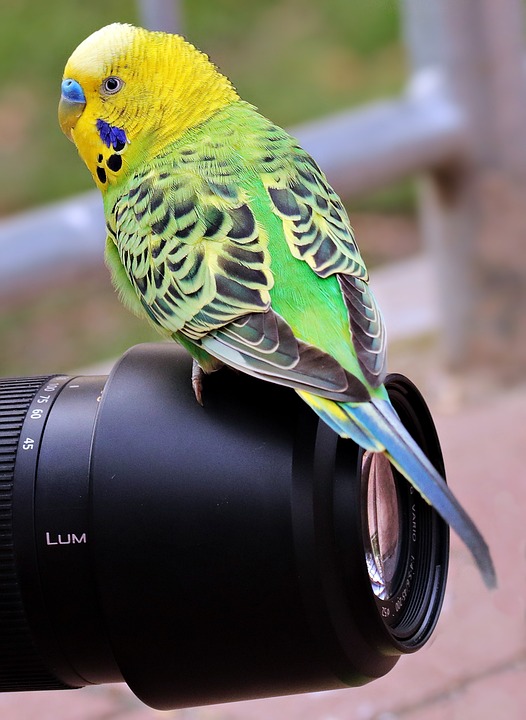Title: Keeping Parrots Engaged: Preventing Boredom during Routine Training Exercises
Introduction:
Parrots are highly intelligent and social creatures that require mental stimulation and engagement to thrive. While training exercises are crucial for their development, it’s essential to prevent boredom from creeping in. In this article, we will explore effective strategies to keep parrots engaged and excited during routine training sessions.
I. Understanding the Importance of Variety in Training:
1. Recognizing the Impact of Routine on Parrot Behavior: Parrots, like humans, can become bored and disinterested when subjected to the same repetitive tasks. This can lead to behavioral issues and hinder their progress in training.
2. The Role of Routine Training in Parrot Development: While routine training is important for establishing good behavior and communication with your parrot, it’s equally important to introduce variety and novelty to keep them mentally stimulated.
II. Strategies to Prevent Boredom during Training Sessions:
1. Incorporating Novel Toys and Props: Introducing interactive toys and rotating them regularly can help maintain your parrot’s interest and prevent boredom.
– Introducing Interactive Toys: Toys that require problem-solving or reward-based activities can engage your parrot’s cognitive abilities.
– Rotating Toys to Maintain Interest: Regularly changing and introducing new toys can keep your parrot’s environment stimulating and prevent boredom.
2. Utilizing Positive Reinforcement Techniques: Positive reinforcement is a powerful tool in keeping parrots engaged and motivated during training.
– Rewarding with Treats and Praise: Offering treats and verbal praise when your parrot successfully completes a task reinforces positive behavior and encourages their participation.
– Incorporating Clicker Training: Clicker training, where a distinct sound is associated with a reward, can help parrots understand when they have performed the desired behavior, keeping them engaged and motivated.
3. Enriching the Training Environment: Creating an engaging training space and introducing natural elements can keep your parrot’s curiosity piqued.
– Creating an Engaging Training Space: Designate a specific area for training that is free from distractions and provides a variety of perches, toys, and other stimulating objects.
– Introducing Natural Elements: Bringing in elements such as branches, leaves, or even a small container of sand can mimic the parrot’s natural environment and provide additional mental stimulation.
4. Incorporating Physical Activities: Engaging your parrot in physical activities during training can prevent boredom and provide a well-rounded experience.
– Teaching Parrot Tricks: Teaching your parrot new tricks not only stimulates their mind but also strengthens the bond between you and your feathered friend.
– Engaging in Active Playtime: Providing opportunities for active play, such as flying exercises or games, can keep your parrot physically and mentally stimulated.
III. Addressing Frequently Asked Questions (FAQs):
1. How long should each training session last? Training sessions should be kept short, usually around 10-15 minutes, to maintain your parrot’s interest and prevent fatigue.
2. Can parrots get bored with the same training commands? Yes, parrots can become bored if they are repeatedly given the same commands. Introduce new commands and vary the order to keep them engaged.
3. Is it advisable to train parrots from a young age? Yes, starting training from a young age helps establish good behavior and communication patterns early on, making training sessions easier and more enjoyable in the long run.
4. Are there any signs that indicate a parrot is getting bored during training? Signs of boredom during training may include lack of focus, disinterest, attempting to fly away, or aggressive behavior. Pay attention to your parrot’s body language and adjust the training accordingly.
5. What are some common mistakes to avoid during training sessions? Avoid using punishment-based training methods, long training sessions, and neglecting to provide proper mental and physical stimulation.
6. Can parrots benefit from socialization with other birds during training? Socialization with other birds can be beneficial for some parrots, but it’s important to monitor the interactions to ensure they remain positive and safe.
Conclusion:
By implementing these strategies, parrot owners can ensure that routine training exercises remain exciting and engaging for their feathered companions. Remember, a stimulated parrot is a happy and well-behaved parrot.

